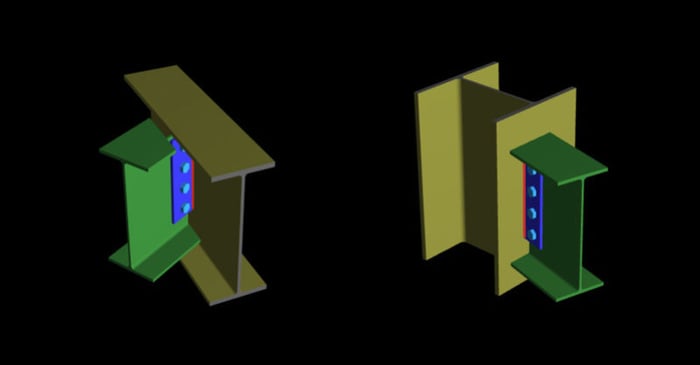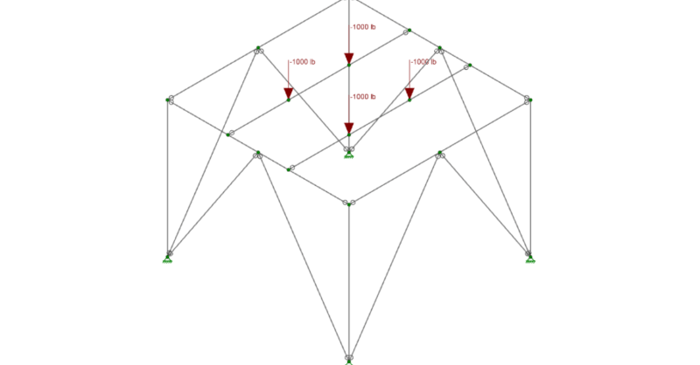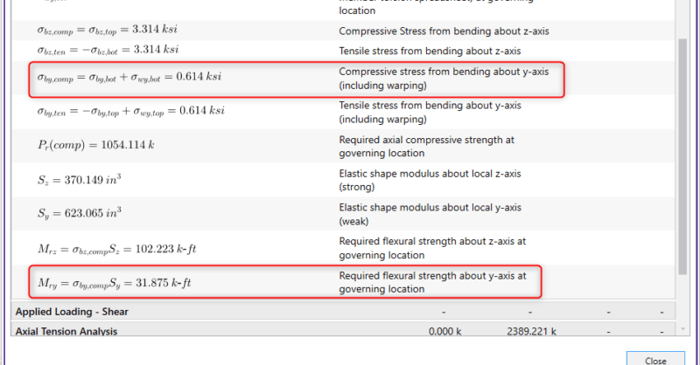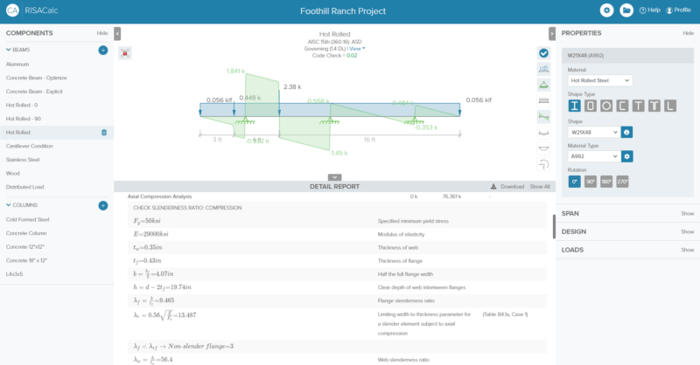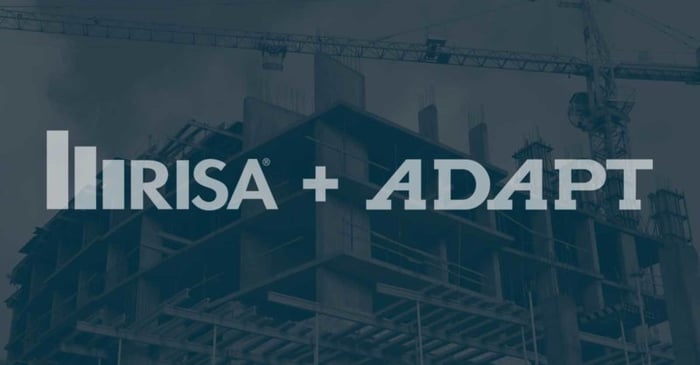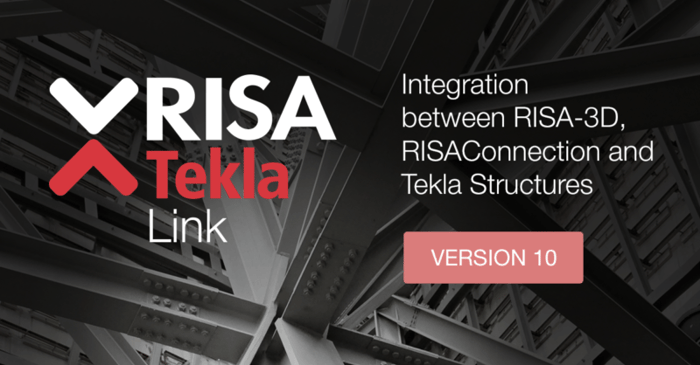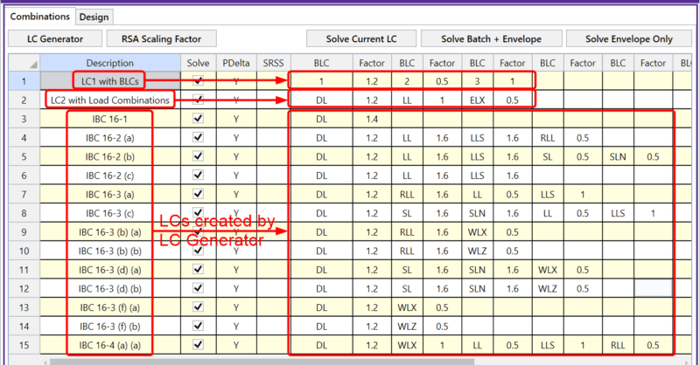
June 16, 2020
Understanding differences between Basic Load Cases, Load Categories…
One of the questions our support team receives often is the difference between Basic Load Cases (BLC), Load Categories and Load Combinations (LC). Understanding how these containers are used and how they work together when loading a structure is an essential part of creating an accurate model in...





